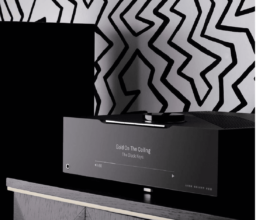Marantz Cinema 30 Review
Some cinephiles have the luxury of a home theater installation that rivals a small cinema in size and equipment. For those who find a conventional sound setup insufficient, Marantz offers AV receivers like the Cinema 30. We took a closer look at this powerhouse.
by Thomas Johannsen
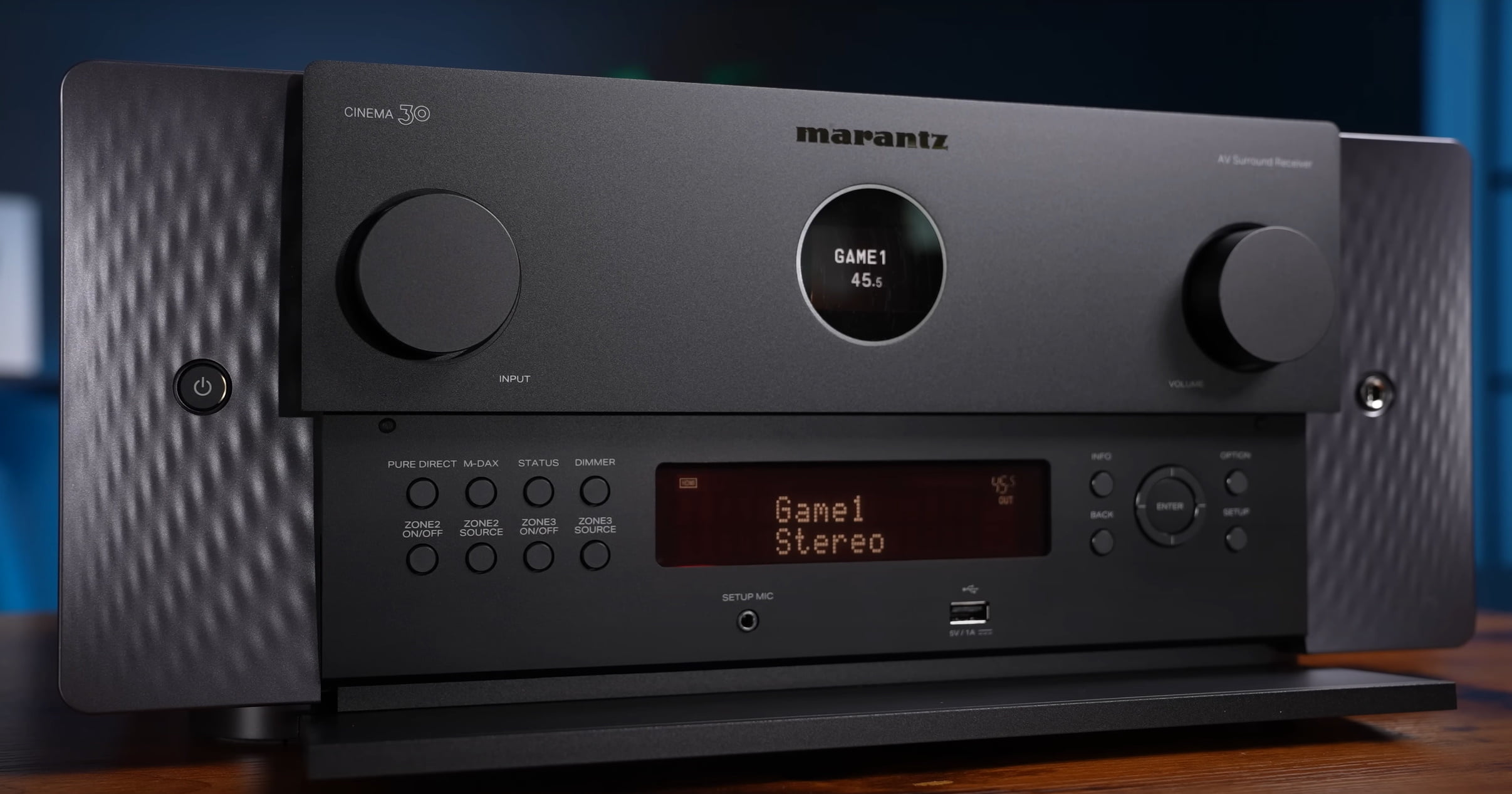
The Cinema 30 doesn’t just feature seven or nine power amplifiers, like the Cinema 50 or Cinema 40; it has a full 11 amplifiers, providing ample power. Despite its size, this AV receiver, manufactured in Shirakawa, Japan, is truly a gem. The carefully crafted, staggered side panels with their meticulously finished surface shimmer like jewels. As is common in this price range, most of the front controls are hidden behind a solid flap. You can choose between a black or distinctive silver-gold finish. In the middle is, of course, the signature round display, flanked by two large dials.

Plenty of Configurations
Inside the stylish casing are 11 power amplifiers that distribute their output across up to 13 speaker terminals. This allows for numerous, complex speaker setups, enabling configurations like 7.1.4 or 5.1.6. Five terminal pairs are fixed, while the other eight can be freely configured. For instance, you can use up to six speakers for height effects, creating a third dimension of sound, or use four height speakers and the remaining pairs to expand either back or front surround sound. You can also configure them for pure stereo operation in a second listening zone, though during this time, they won’t be part of the home theater setup. Switching between zones is done conveniently via remote control.

The possibilities expand even further when active speakers are involved. The Marantz can provide up to 13 channels via the pre-outs. This also allows for two stereo outputs for two separate stereo zones. The Cinema 30’s potential doesn’t stop there, as it can drive up to four subwoofers simultaneously. This means it can provide extra bass support in both stereo zones and deliver more punch in the home theater setup. This can be necessary in some rooms, especially to compensate for acoustically challenging conditions that often affect low-frequency performance.
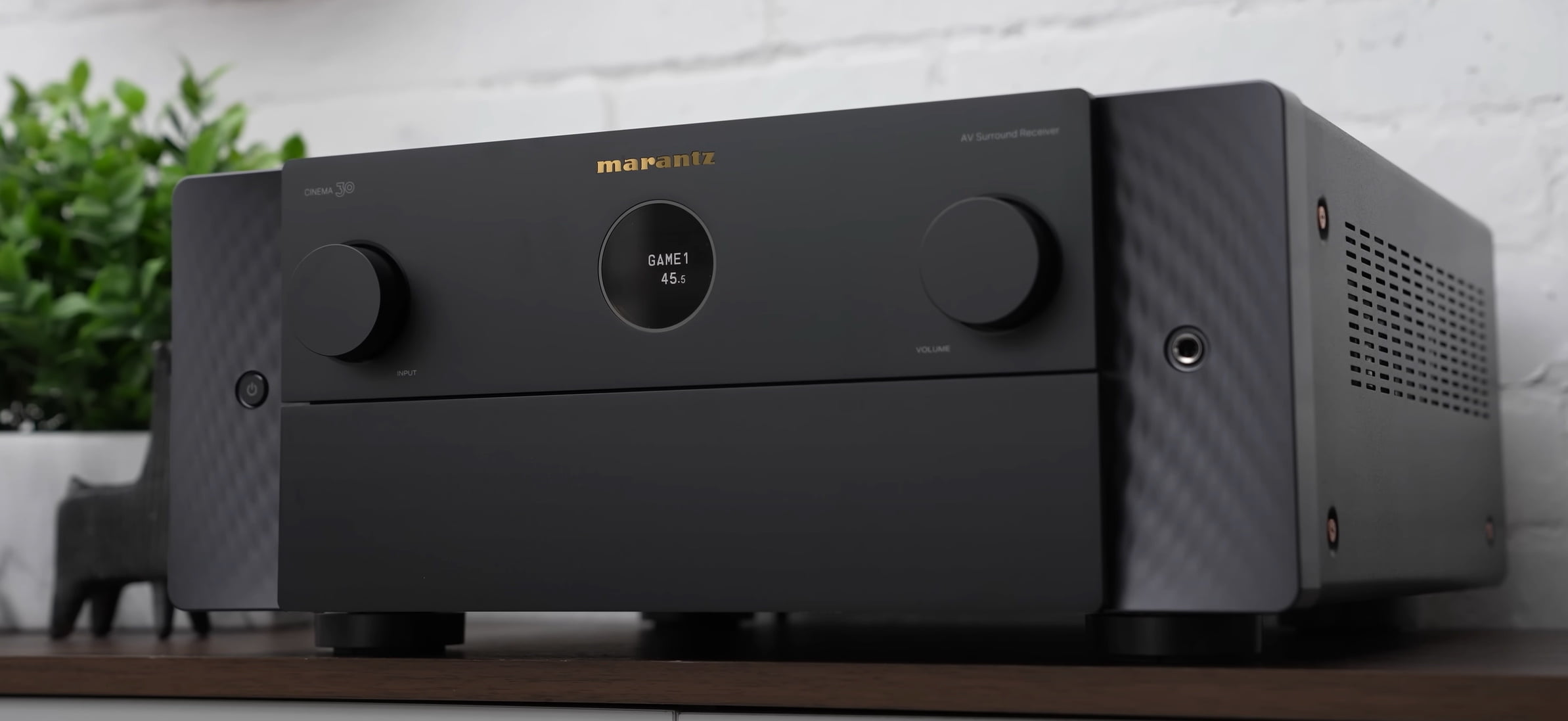
Audio and Video Inputs
Of course, it’s important to consider which sources, whether audio or video, can be connected to the Cinema 30. In addition to wireless inputs like WiFi and Bluetooth, there are four digital sockets: two optical and two coaxial. A well-placed USB port on the front acts as an additional input for nearly any type of digital data.
Eight analog RCA inputs also allow for a wide variety of sources, including a turntable, as the Marantz has a built-in phono preamp.
The Cinema 30 has seven HDMI inputs and three outputs, providing flexible handling of video signals. In the home theater, for example, you can switch between a TV for daily use and a projector for the ultimate movie experience. The third HDMI output can deliver a completely different source to a second zone. All outputs support full bandwidth, including 8K signals, provided only one output is used at a time.
If two are in use, the main output, which also supports eARC, takes priority, and the second zone is limited to 4K resolution. In addition to the HDMI inputs, there are three analog video inputs on the rear: two for basic composite signals and one for higher-quality component signals. These are all upscaled and passed on to the three outputs.
Setup and Calibration
There’s no question that the connection and configuration options of the Cinema 30 are vast, which is where the built-in setup assistant in all Marantz AV receivers becomes essential. It guides you step-by-step through the correct connection of all speakers and sources, helps with network integration, and calibrates the connected speakers.
While experienced cinephiles might manage the wiring and network setup on their own, they shouldn’t skip adjusting the speakers to the room acoustics using the room correction software.
This is done with Audyssey MultEQ XT software, which is implemented here in its most advanced version and includes sophisticated adjustments for the four possible subwoofers. The required measurement microphone is included, as well as a cardboard stand, though we prefer to use a more stable metal version. Additionally, the Cinema 30 is hardware-ready for Dirac Live correction, so audiophiles will be pleased, though the associated software for smartphones, tablets, or PCs is available at an extra cost.
Depending on the speaker setup, the calibration process can take several minutes, as a total of eight measurements are taken, with each requiring a different microphone position. Each speaker is individually tested in each position. The 30-minute process is well worth it, as the result is an optimal 3D sound experience from every seat in the room.

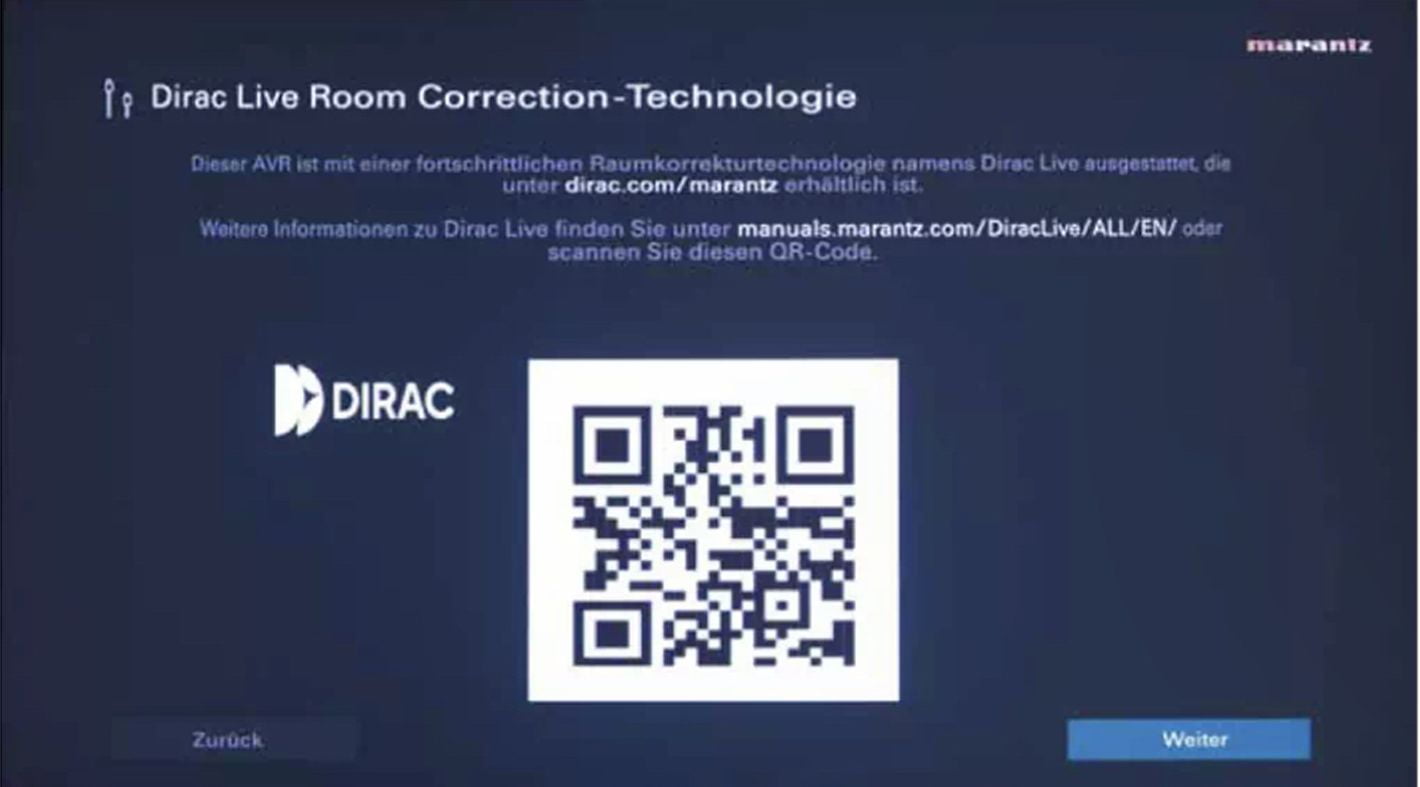
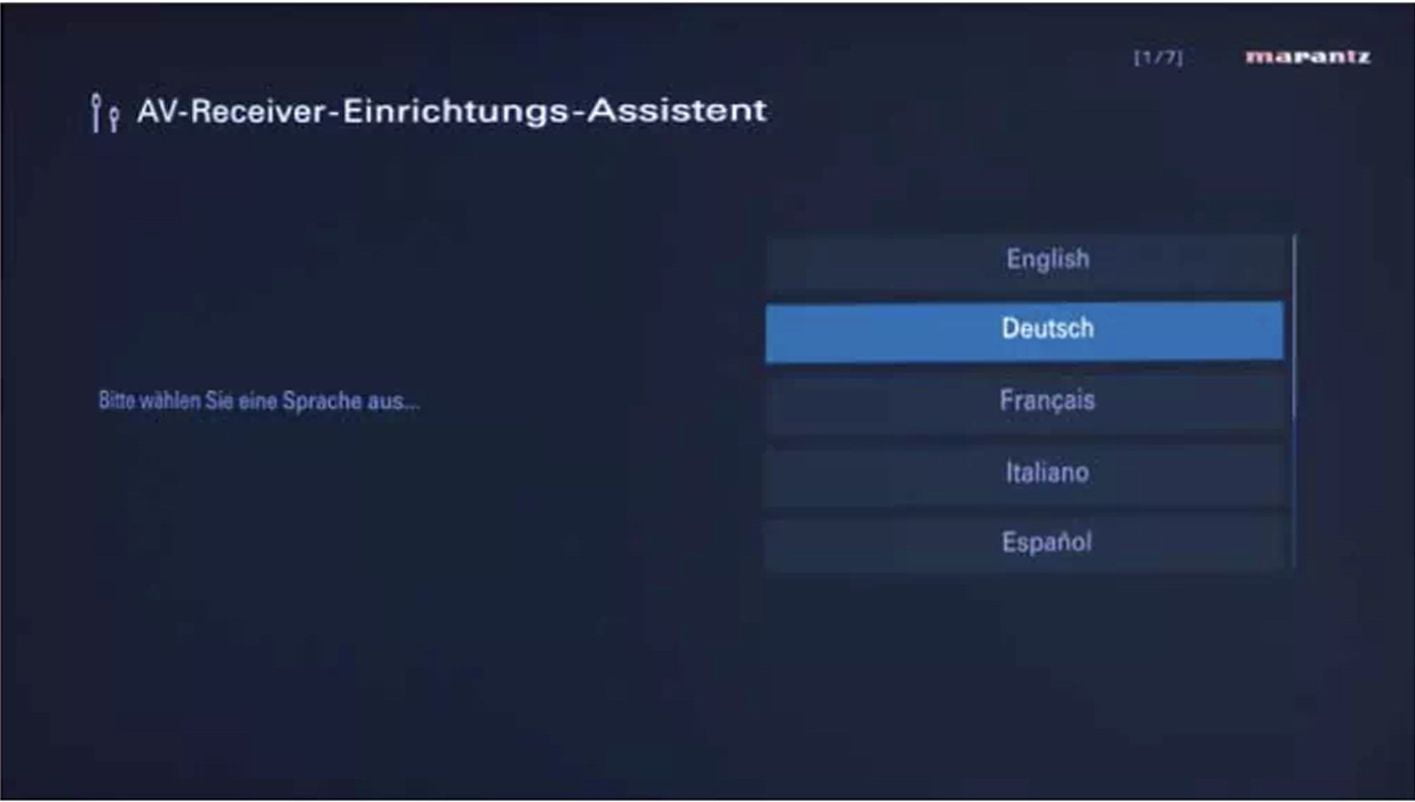
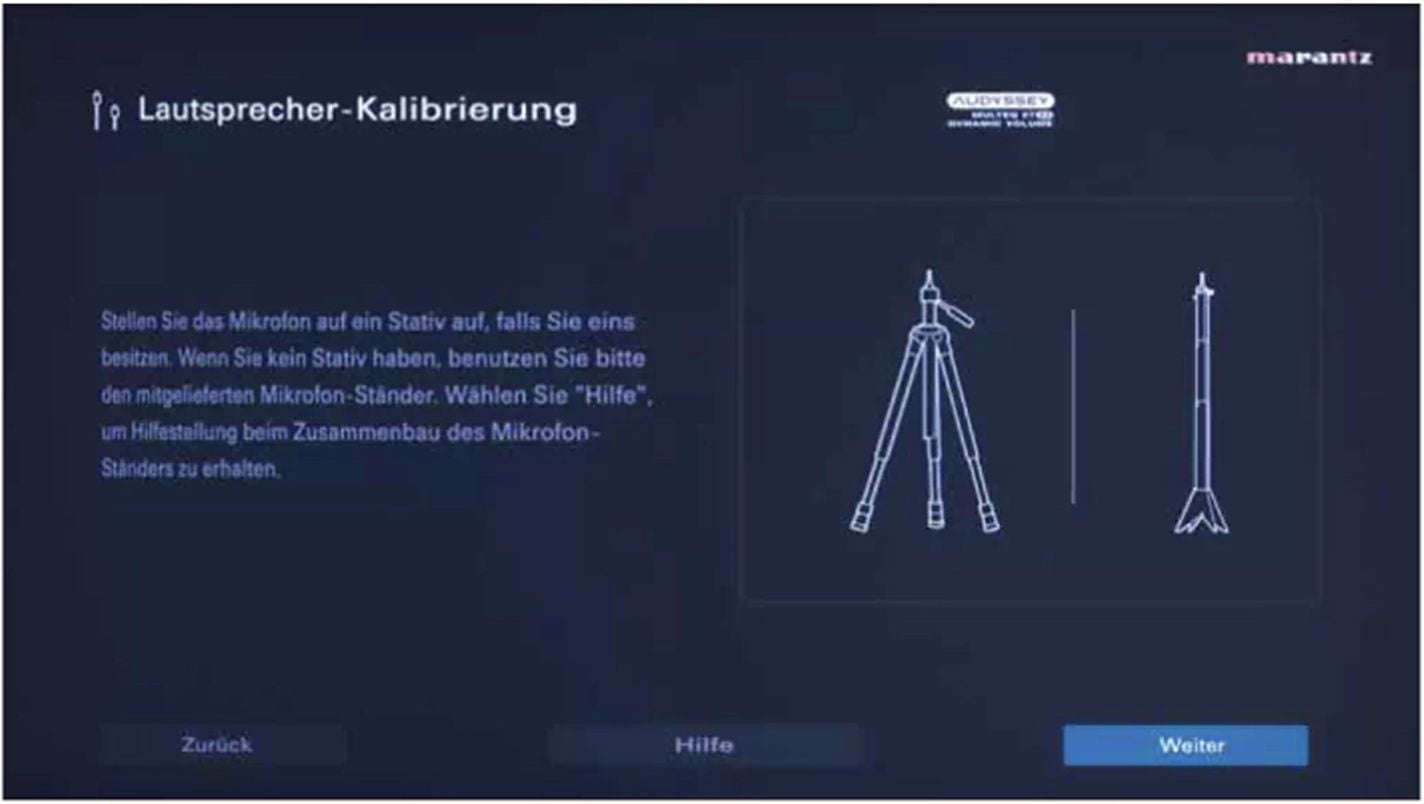

The Perfect Cinema Sound
Once we connected the full speaker setup to the Cinema 30 and accurately calibrated everything, it was time to enjoy the results. After running our usual Atmos test disc, we played one film after another. Rain seemed to fall directly from the ceiling, and we instinctively ducked as helicopters or dragons flew overhead.
Battle scenes or claustrophobic tunnel sequences sent chills down our spines. The subwoofer delivered powerful, precise explosions with subsonic depth. The only issue that arose after using the Cinema 30 was that it made it hard to go back to a smaller home theater experience.
Specifications
Dimensions (W x H x D in mm): 442 x 189 x 457
Weight: 19.4 kg
Power Output (4 Ohm / 8 Ohm in Watts): 235 W / 162 W
Signal-to-Noise Ratio: 94 dB
Channel Separation: 64 dB
Total Harmonic Distortion: 0.013%
Power Consumption (Off / Standby / 2 x 5 Watts): – / 0.1 / 65 W
Features:
Amplifiers / Decoders: 11 / 13.4
Dolby Atmos / DTS:X / Auro 3D / THX: • / • / • / –
USB Formats: MP3, WMA, AAC, FLAC HD 192/24, WAV 192/24, ALAC 192/24, DSD 2.8 MHz and 5.6 MHz
DSP Programs / Auto Calibration: Audyssey MultEQ XT32, Dynamic EQ, Dynamic Volume, LFC
Multiroom / Bi-Amping: • / •
Streaming / FM-Tuner / Internet Radio: • / – / •
Network / WiFi / Bluetooth: • / • / •
Special Features: 8K Pass-Through, HEOS, IMAX Enhanced, Auro-3D, DIRAC Live
Connections:
Front Inputs (USB / HDMI / Analog / Phones): • / – / – / •
Audio Inputs (Analog / Phono / Optical / Coaxial): 8 / 1 / 2 / 2
Video Inputs (HDMI / Composite / Component): 7 / 2 / 1
Audio Outputs (Analog / Optical / Coaxial): 13.4 Pre-Out, Zone 2 and Zone 3 Pre-Out, 4 x Subwoofer / – / –
Video Outputs (HDMI / Composite / Component): – / – / –
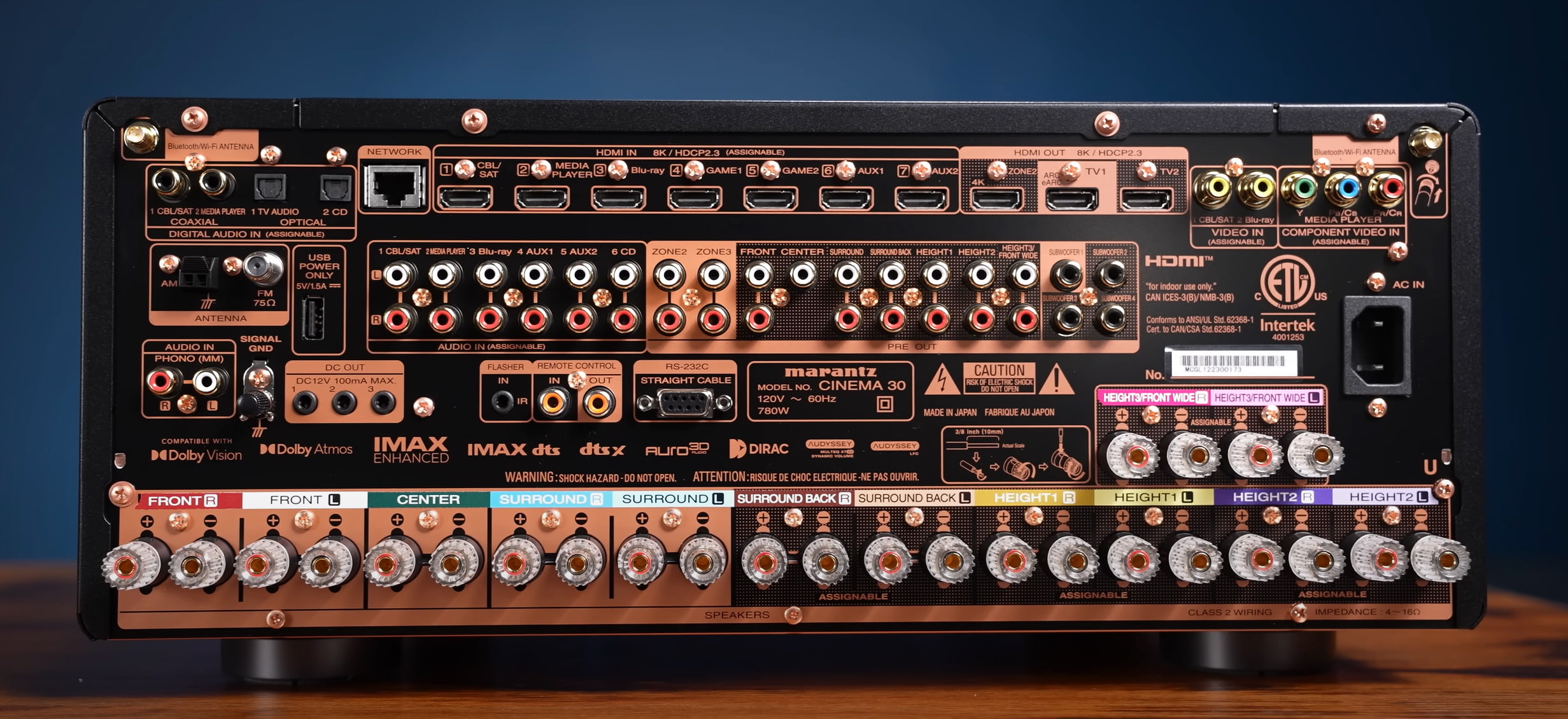
Performance
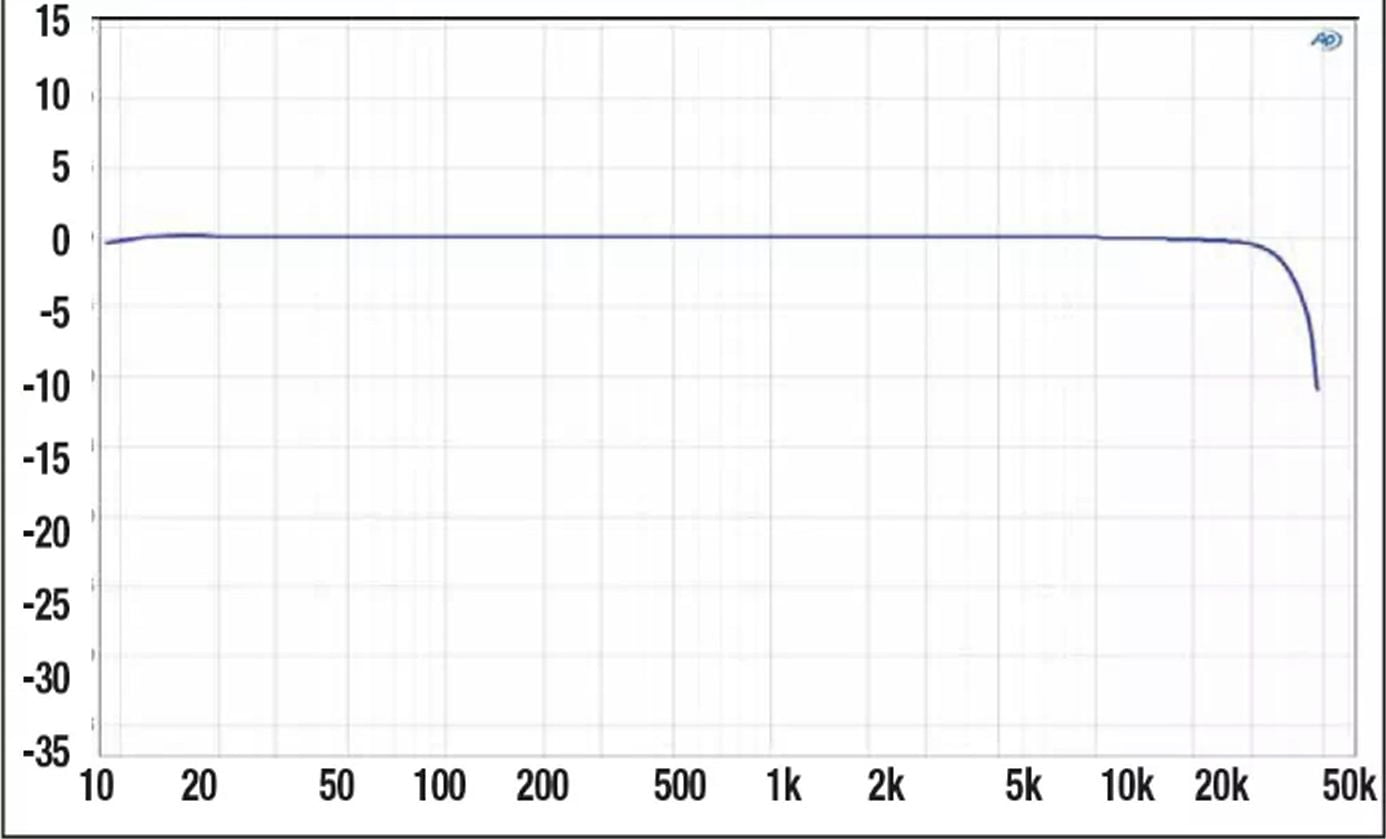
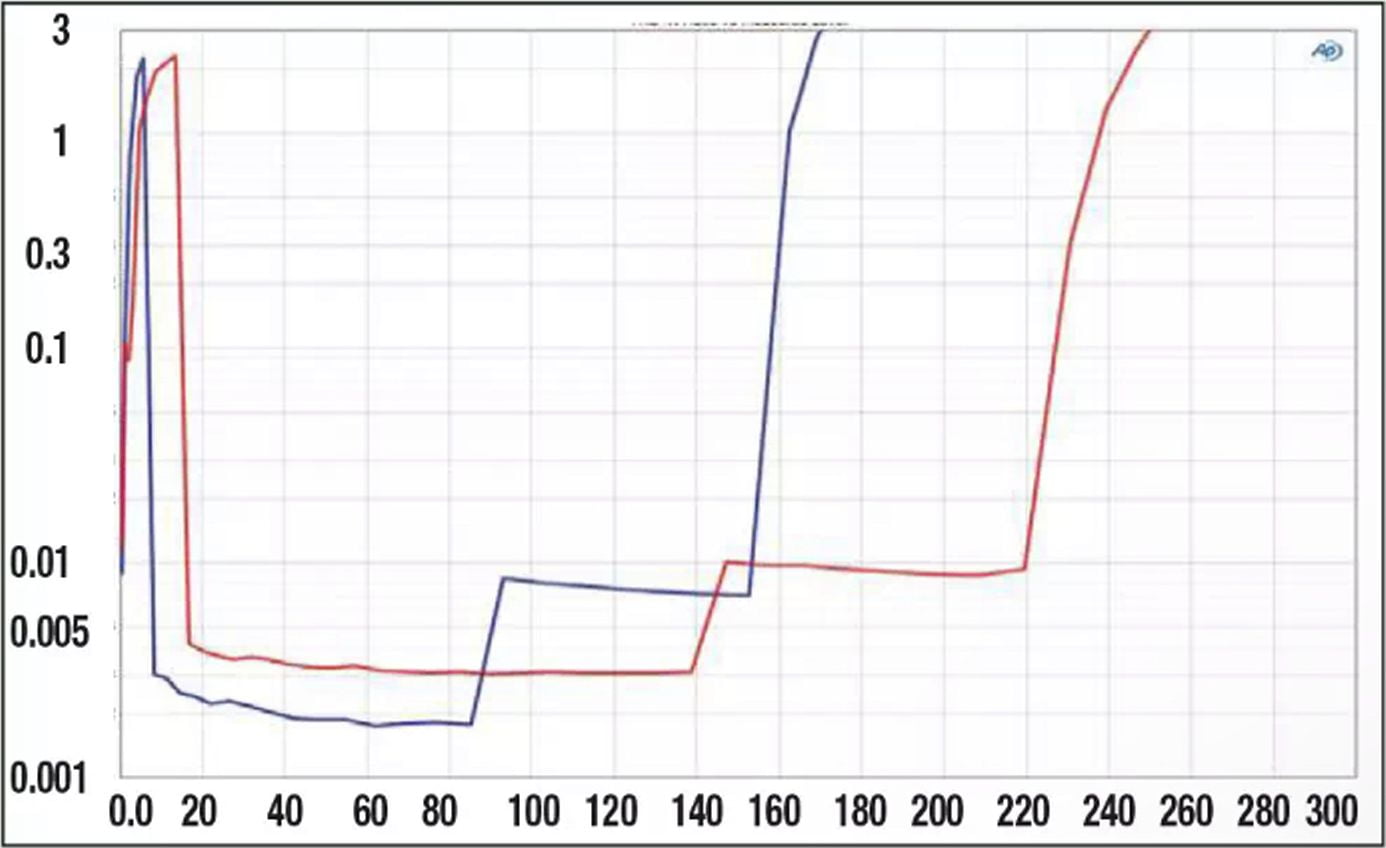
Verdict
When you purchase through links on our site, I may earn an affiliate commission. Here’s how it works.
Sound: 40% – 9.1/10
Lab: 10% – 8.9/10
Practical Use: 25% – 9.0/10
Features: 25% – 9.0/10













